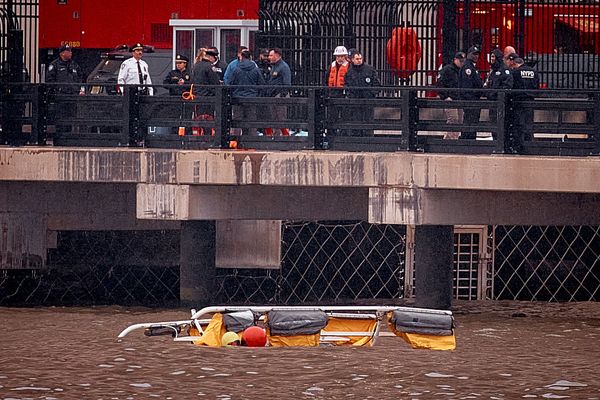One of the most important fossil discoveries ever has been made in Wales. The "extraordinary" find has revealed a number of new species and given experts a key insight into the evolution of life, with the fossils being discovered in rocks which are more than 460 million years old.
The site of the discovery, near Llandrindod Wells in Powys, is one of the only places in the world where a find of this kind has been made, with complete organisms, including soft-bodied creatures, left preserved to an extremely rare level of detail. Get the latest news from across Wales sent straight to your inbox for free by signing up to our newsletter.
Over 170 species were discovered by researchers from Amgueddfa Cymru / Museum Wales back in 2020, during the Covid-19 lockdown, with the findings now published in a paper. While the location of the find has been kept secret, it is referred to by those involved, including Llandrindod residents Dr Joseph Botting and Dr Lucy Muir, as 'Castle Bank'
The discovery saw researchers find fossils in rocks which were laid down under the sea over 460 million years ago. At this period in time, the surrounding area and indeed all of mid-Wales would have been covered by the ocean.
As well as the number of new species that were discovered, the find has also been lauded as remarkable for how well preserved the fossils were, with soft tissues and complete organisms among the discoveries, rather than hard parts like bone fragments and shells that are often all that is found.
The fossils that were found came from a number of different kinds of animals, with most of these either soft-bodied or with a tough skin or exoskeleton when they were alive. Most previous finds of this nature have been from the Cambrian Period - around 540 million years ago - but those made at Castle Bank date from around 50 million years later during the Middle Ordovician Period.
To find such a number of soft-bodied fossils is extremely rare. In fact, only one other site in the world, the Fezouata Biota in Morocco, preserves Ordovician fossils in such a level of detail.

Among the discoveries were fossils of opabinia ( a small marine creature with five eyes) and wiwaxiids (oval-shaped molluscs with a soft underbelly and leaf-shaoed scales). Fossils of different types of worms, sponges, barnacles and starfish were also found.
Dr Botting and Dr Muir, who are not employed as academics and launched a crowd funding scheme to purchase microscope equipment have spent over 100 days in the field collecting the fossils and are now working with experts across the world to examine the finds. Put under the microscope, evidence of eyes and a possible brain have been found in at least one species of athropod, while other important discoveries have also been made.
Dr Muir claimed that that the find gave a new insight into how the Earth's ecosystem was evolving at this point in time, explaining: "It coincides with the ‘Great Ordovician Biodiversification Event’, when animals with hard skeletons were evolving rapidly. For the first time, we will be able to see what the rest of the ecosystem was doing as well.”

Dr Botting added that despite the magnitude of the find, there was still plenty more to discover and claimed that "this is just the beginning". He said: “There are some very important early Ordovician fossil sites but those are from much earlier, and entirely soft-bodied animals are rare even there. Here, it seems, we’ve got everything.
"Despite the extraordinary range of fossils already discovered, work has barely begun. Every time we go back, we find something new, and sometimes it’s something truly extraordinary.
"There are a lot of unanswered questions," he added. "And this site is going to keep producing new discoveries for decades. This is just the beginning, and we’re excited to see what comes next.”
The Castle Bank findings have been published in a paper, titled A Middle Ordovician Burgess Shale-type Fauna From Castle Bank, Wales (UK). You can find it in the journal Nature Ecology And Evolution.
Read next:







